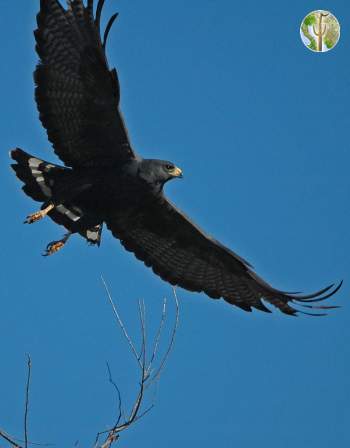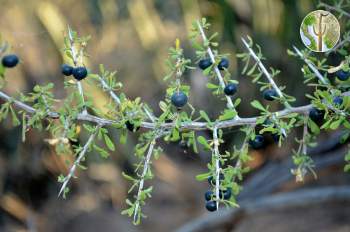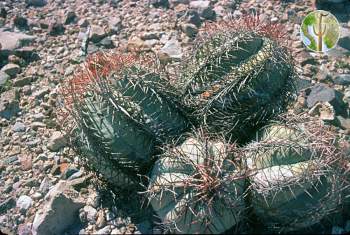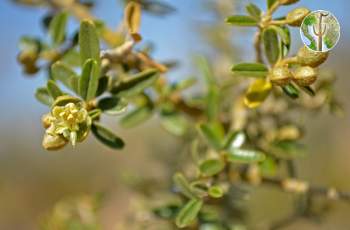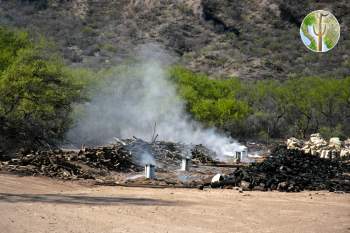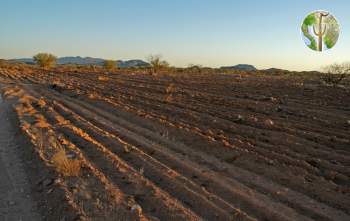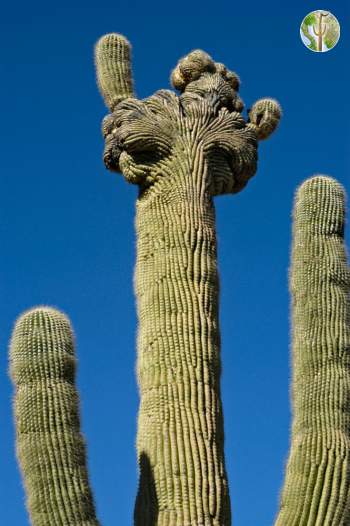Sonoran Desert - Arizona Uplands
The Arizona Uplands subdivision of the Sonoran Desert is defined by having full sized trees in the uplands, as well as high diversity in structure and species. It is well vegetated and sees more moisture than other subdivisions, but also generally has longer and harder freezes. Abundant trees include Parkinsonia microphyllum and P. florida. Prosopis velutina and Olneya tesota are also common. Saguaros almost always occur in this subdivision as well as a variety of cactus, shrubs and sub-shrubs.

